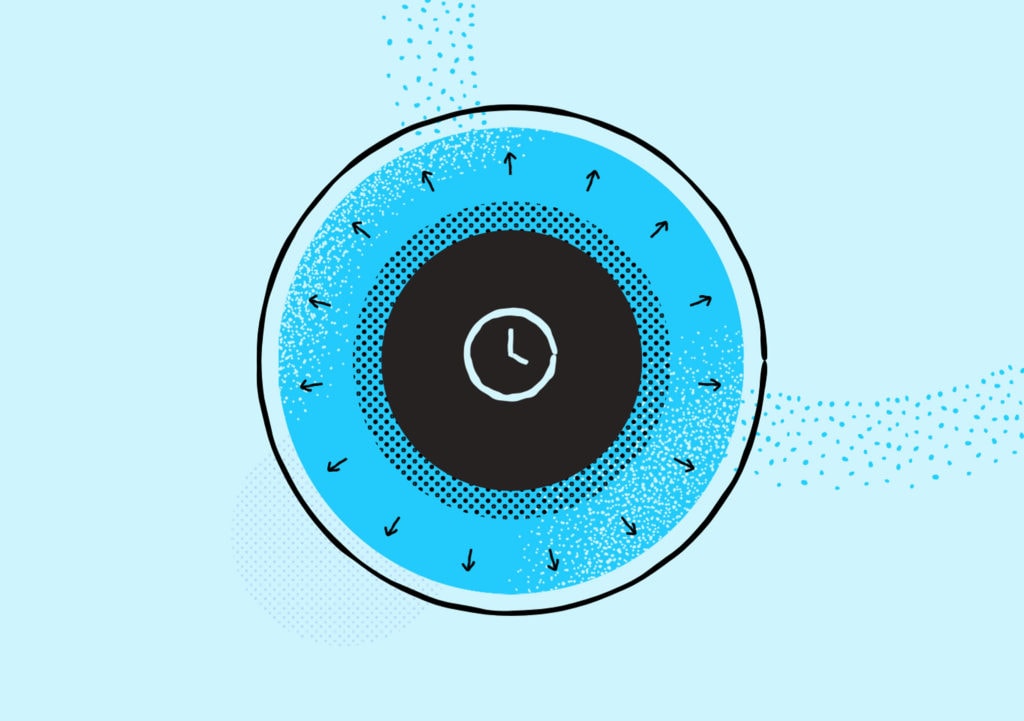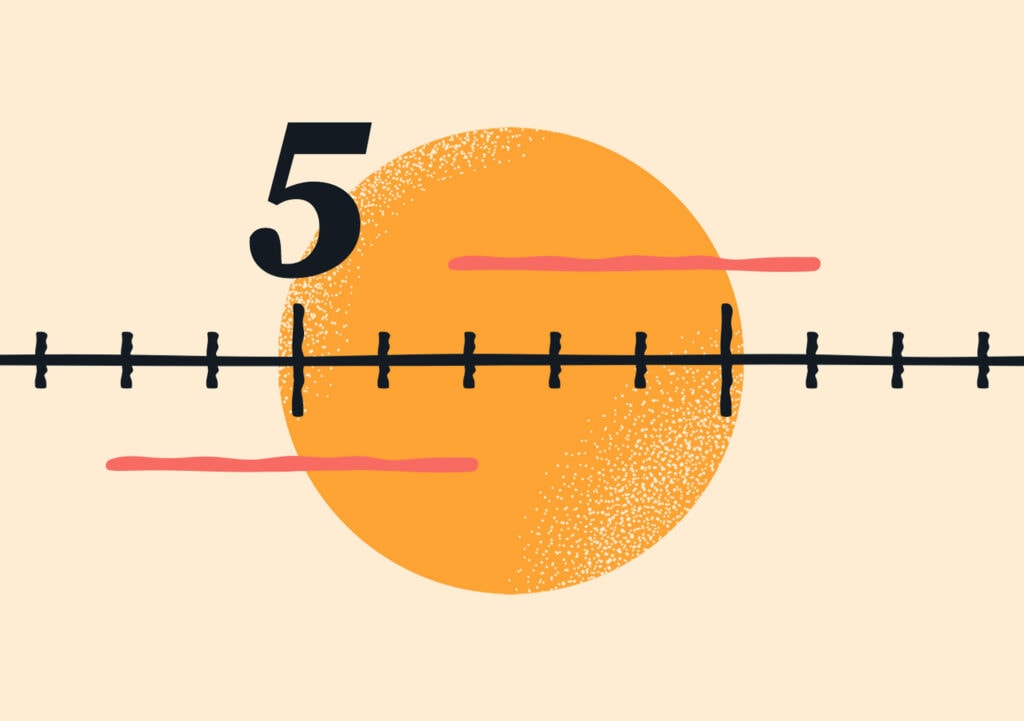We’ve all heard of getting into the zone, where hours of work feel like minutes and your to-do-list becomes more of a done list. We crave ‘the zone’, we know what it’s like when we get to it, but we don’t always know how to get there.
With employees feeling like there aren’t enough hours (let alone productive hours) in a workday and an increase in remote work options, there’s been a shift in work-life balance more towards the work side… leaving employees feeling disengaged, frustrated with their jobs, and unable to recharge.
By encouraging employees to explore which time management techniques best work for them, you’ll be able to help them better manage their time and become more productive at work.
How does time management impact productivity? Good time management is not about averages or holding everyone up to one single productivity standard.
Instead, good time management is more about asking one very important question: ‘What time of day is the brain most productive?’.
The answer? It depends.
Although most morning people will claim that productivity is highest early in the day, that isn’t the case for everyone. Employees need to have the tools and support to determine their own productivity strategies.
You can start by asking employees to consider their own biological clocks. Are they early birds or night owls? Do they prefer to put in long hours to get the job done or work in bursts, taking lots of short breaks?
Encourage employees to document their productivity over several weeks. This should be done with the assurance that they don’t have to share their findings unless they want to. The most important things to note are what time of day they were able to get the most work done and for how long. Financial Management Magazine describes being productive as being “able to maintain focus for 60 to 90 minutes”.
It’s also important for employees to note when they’re experiencing higher inactivity, and the reason(s) for it. Ask employees to take note of any distractions or interruptions, such as their phone ringing, a coworker asking questions, or their pet begging for attention.
For times when employees are productive, what sort of things enabled them? Were they listening to music? Was it the particular task that they found interesting?
After keeping track for several weeks, your employees should have a clearer understanding of what productivity looks like for them.
As an HR professional or manager, it’s important to understand that not everyone will have the same productive hours in a workday. Although there is a wealth of information on how to increase productivity, there is no one-size-fits-all solution.
To ensure more productive and engaged employees, you must be as flexible and accommodating as possible.
Vanessa Kettner, a productivity coach with Personal Best, says that it’s important for employees to evaluate their entire “ecosystems”, which includes everything from bedtime routines, proper diet and exercise, and past jobs—all of which could potentially influence an employee’s current methods of working and affect time management skills.
Here’s a list of suggestions that you can give your employees to help them make sure they're managing their time well and getting the most out of their productive hours in a workday:
- Identify and eliminate distractions. For example, if you find that you’re looking out the window often and distracted by people passing by, shift your desk so that you’re facing away from the window.
- Schedule work for yourself based on when you get the most done. If you’re a morning person, front-load your day and leave admin work, such as checking emails, for the afternoon. If you’re an evening person, do the reverse.
- Consider using the Pomodoro technique, where you work in 25-minute chunks (or pomodoros), with 5 minute breaks between and 15-minute breaks after every five pomodoros in a row. The idea behind this technique is that by giving yourself shorter working periods, it increases your sense of urgency and leads to greater productivity.
- You can also prioritize tasks by days you know you’re more productive. If you tend to get more work done earlier in the week, schedule easier tasks on Thursday and Friday.
You (and other managers) can support employees by recognizing their individual needs, being flexible with their work time, and encouraging good work life balance.



